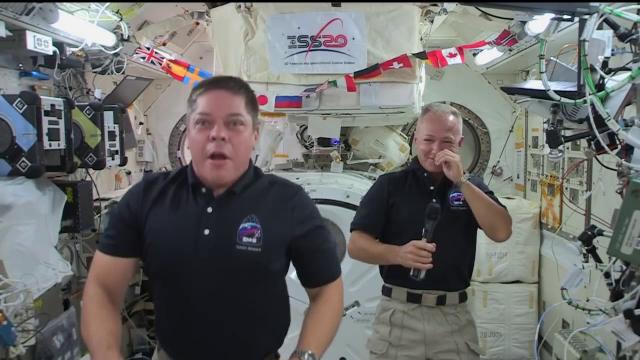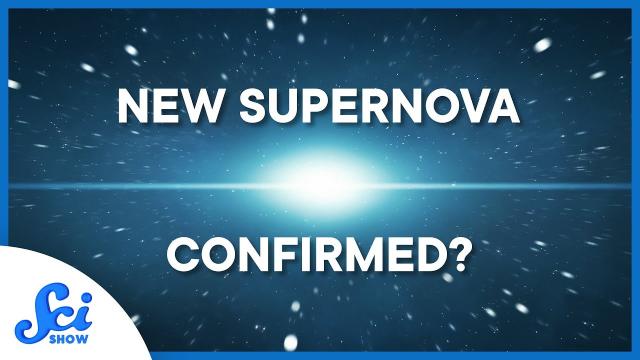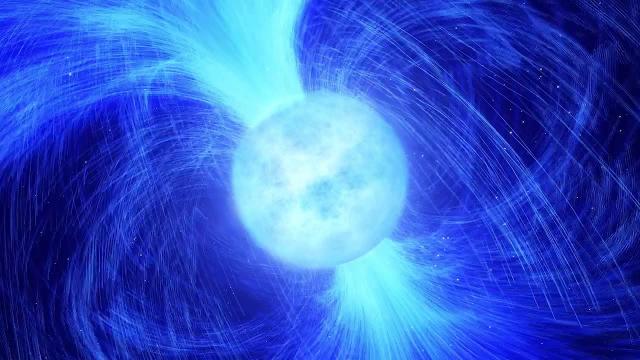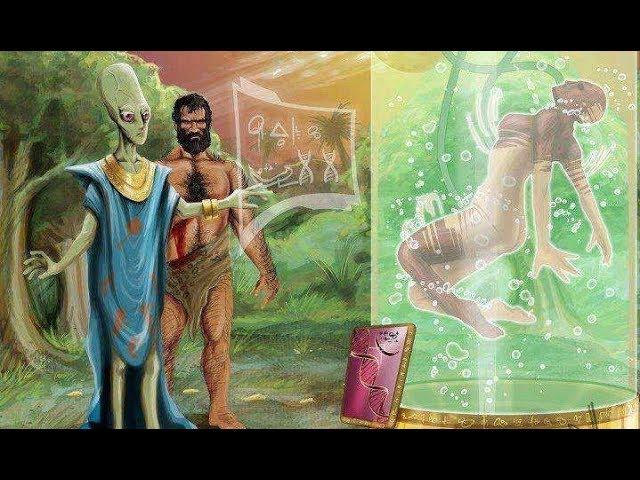Pan: “Late-type” galaxy?
Description
In this image, which was captured using Hubble’s Advanced Camera for Surveys (ACS), the galaxy appears to be quite isolated: visually, it looks a little like a loose stroke of bright paint across a dark background. However, looks can be deceiving. NGC 2814 actually has three close (in astronomical terms) galactic neighbours: a side-on spiral galaxy known as NGC 2820; an irregular galaxy named IC 2458; and a face-on non-barred spiral galaxy called NGC 2805. Collectively, the four galaxies make up a galaxy group known as Holmberg 124. In some literature these galaxies are referred to as a group of ‘late-type galaxies’.
The terminology ‘late-type’ refers to spiral and irregular galaxies, whilst ‘early-type’ refers to elliptical galaxies. This rather confusing terminology has led to a common misconception within the astronomy community. It is still quite widely believed that Edwin Hubble inaccurately thought that elliptical galaxies were the evolutionary precursors to spiral and irregular galaxies, and that that is the reason why ellipticals are classed as ‘early-type’ and spirals and irregulars are classed as ‘late-type’. This misconception is due to the Hubble ‘tuning fork’ of galactic classification, which visually shows galaxy types proceeding from elliptical to spiral, in a sequence that could easily be interpreted as a temporal evolution. However, Hubble actually adopted the terms ‘early-type’ and ‘late-type’ from much older astronomical terminology for stellar classifications, and did not mean to state that ellipticals were literally evolutionary precursors to spiral and irregular galaxies. In fact, he explicitly said in his 1927 paper that ‘the nomenclature … [early and late] … refers to position in the sequence, and temporal connotations are made at one’s peril’.
More information and download options: http://esahubble.org/videos/potw2347a/
Credit:
ESA/Hubble & NASA, C. Kilpatrick
Music: Stellardrone - Endeavour














